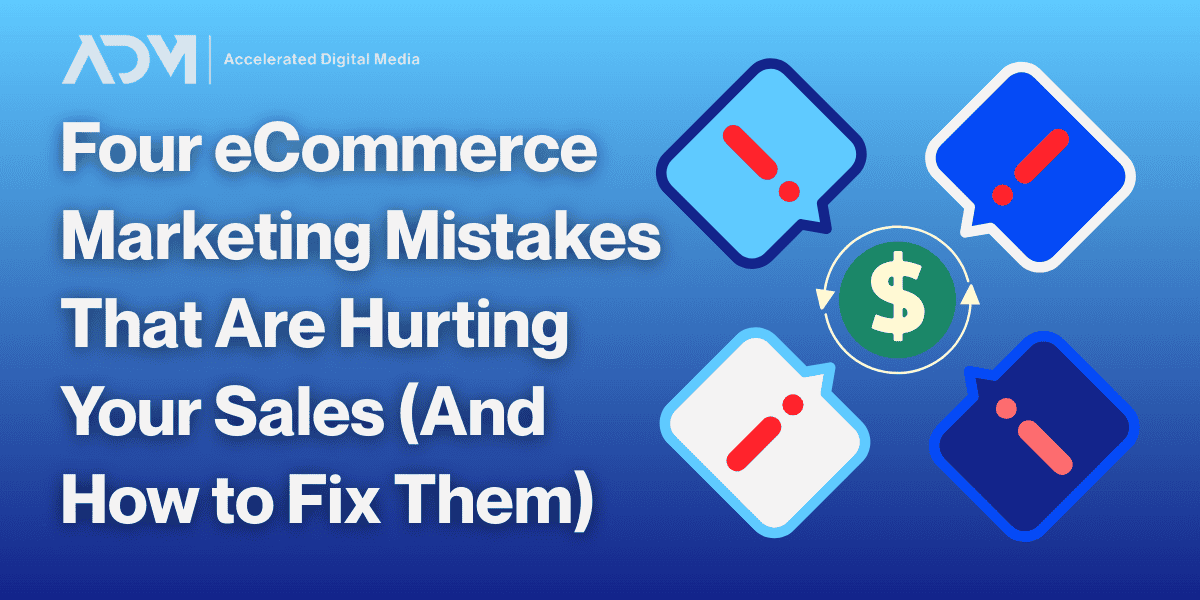Digital marketing is an evolving and increasingly competitive arena. To set your company apart—and set it up for growth—it’s crucial to adopt digital marketing approaches that focus on your distinct goals and business realities. That’s where performance marketing comes into play.
When we refer to “performance marketing,” we’re talking about a distinct philosophy and set of practices that dictate how we deploy different digital marketing tools for our clients. In this blog, we’ll define what performance marketing means and highlight the ways it can help businesses draw closer to their unique growth goals.
What is Performance Marketing?
At its core, performance marketing is a results-focused approach to marketing that prioritizes measurable outcomes over high-level brand awareness. Instead of focusing on reach and impressions, it measures success based on specific KPIs, such as conversions, leads or revenue generated. The idea is to use data to optimize performance across the entire customer journey, from initial awareness to post-purchase engagement.
Continual testing and the implementation of the latest digital marketing tools are innate to this pursuit. By constantly evaluating and optimizing strategies, marketers can stay ahead of the competition and drive more specific outcomes. Extensive A/B testing and a willingness to find innovative ways to use new digital marketing tools are hallmarks of performance marketing firms. Embracing a data-driven approach is essential for marketers to achieve scalability and stay ahead of the curve. It enables them to identify what works best, make informed decisions, and continuously improve
Does Performance Marketing Differ from Digital Marketing?
While performance marketing is often seen as a distinct subset of digital marketing, it’s important to note that these terms are not mutually exclusive. Rather than viewing performance marketing as binary from digital marketing, it’s more helpful to understand the nuances and unique characteristics associated with the two terms.
Performance marketing places a strong emphasis on measurable results and return on investment (ROI)—often different derivations of Return on Ad Spend (ROAS). The primary focus is on driving specific financial or customer acquisition growth targets. This data-driven approach allows performance marketers to constantly test and optimize campaigns, leveraging real-time data to inform decision-making and achieve desired results.
On the other hand, traditional digital marketing encompasses a broader range of tactics and goals. While it may still involve elements of performance marketing, it also incorporates strategies aimed at building brand awareness, increasing reach, and fostering engagement. Metrics such as impressions, clicks, and engagement are still relevant in traditional digital marketing, as they provide insights into audience interaction and brand visibility.
It’s important to recognize that both approaches can be effective in different contexts. The key is to align marketing efforts with specific objectives and leverage the strengths of each approach to create a comprehensive and well-rounded marketing strategy.
How Does Performance Marketing Drive Growth?
Performance marketing plays a crucial role in driving brand growth. As consumer expectations rise and competition intensifies, showcasing a tangible return on investment (ROI) becomes essential. With its data-driven approach, performance marketing enables businesses to measure and prove results, securing budget support and executive alignment.
This empowers brands to strategically allocate budgets, ensuring that every dollar spent contributes to desired outcomes. By prioritizing specific objectives, businesses can maximize their marketing efforts and generate impactful results.
Performance marketers focus on efficiency and efficacy. Through continuous testing and optimization, marketers gain valuable insights into what works and what doesn’t. This iterative process allows for ongoing improvements, ultimately driving brand growth and success.
ADM’s Approach to Marketing for Growth
If our clients are looking to leverage performance marketing, ADM can help navigate the process efficiently. Performance marketing hinges on close collaboration and understanding between agency and client. Here’s how we work with our clients to achieve their marketing goals:
- Defining Objectives and KPIs: We collaborate closely with our clients to identify their desired outcomes and key performance indicators (KPIs). To build an effective growth strategy, we need to understand precisely what our clients want to achieve and how they measure success over time.
- Tailoring Channel and Tactics: Our team analyzes our clients’ businesses and target audiences to determine the most effective channels and tactics for delivering their desired outcomes. We select strategies that align with our clients’ goals and maximize results.
- Deep Measurement and Reporting: ADM sets up robust measurement and reporting systems to track and monitor the progress of our clients’ marketing campaigns. This enables us to provide accurate insights and data-driven recommendations.
- Continuous Testing and Optimization: With ADM, our clients’ campaigns are continuously tested and optimized based on real-time data. We continuously test how the latest marketing tools can be deployed in innovative ways that maximize their ROI.
Performance marketing is more than just a buzzword—it represents a distinct philosophy around how companies approach their marketing. By prioritizing verifiable revenue and growth goals, performance marketing provides brands with a strategic, data-driven approach to marketing that can drive real results.
While it may take some upfront effort to align your accounts to this granular, outcome-driven approach, the benefits in terms of efficiency, effectiveness, and ROI may be significant. If you have a defined vision for your company’s growth, it’s worth investing in a performance marketing relationship to help you reach that next level.



